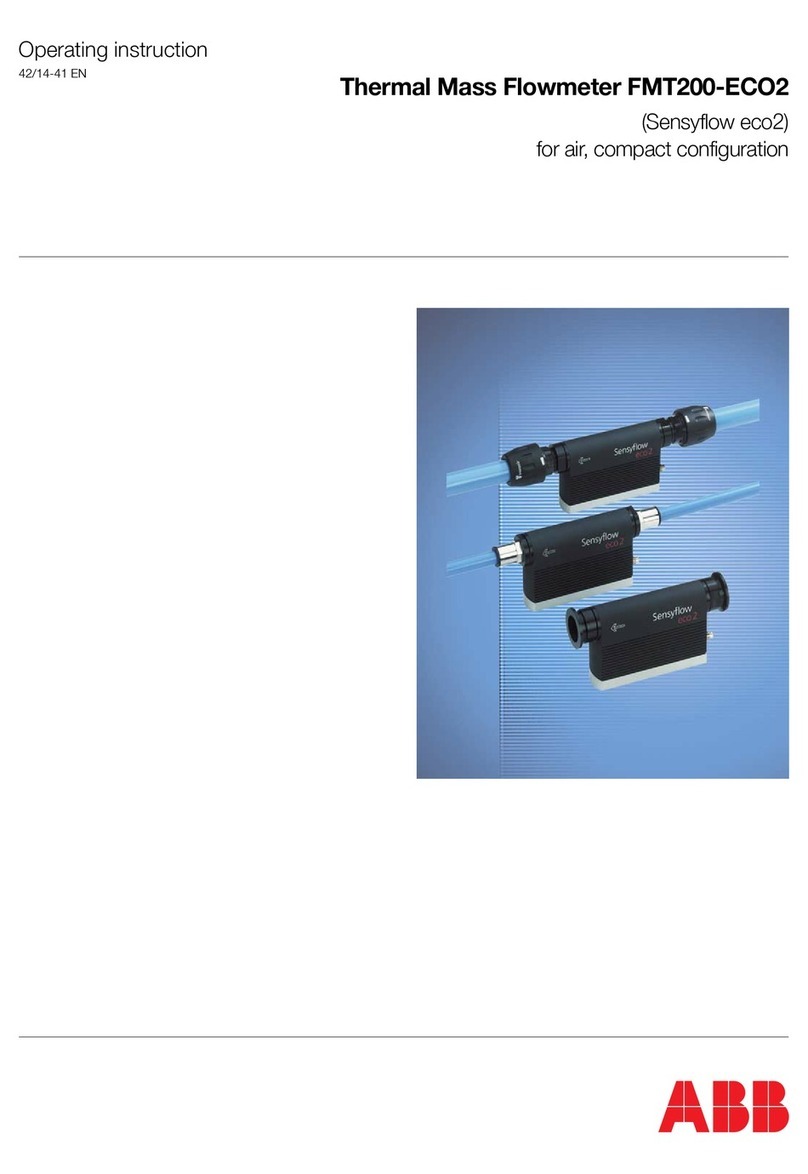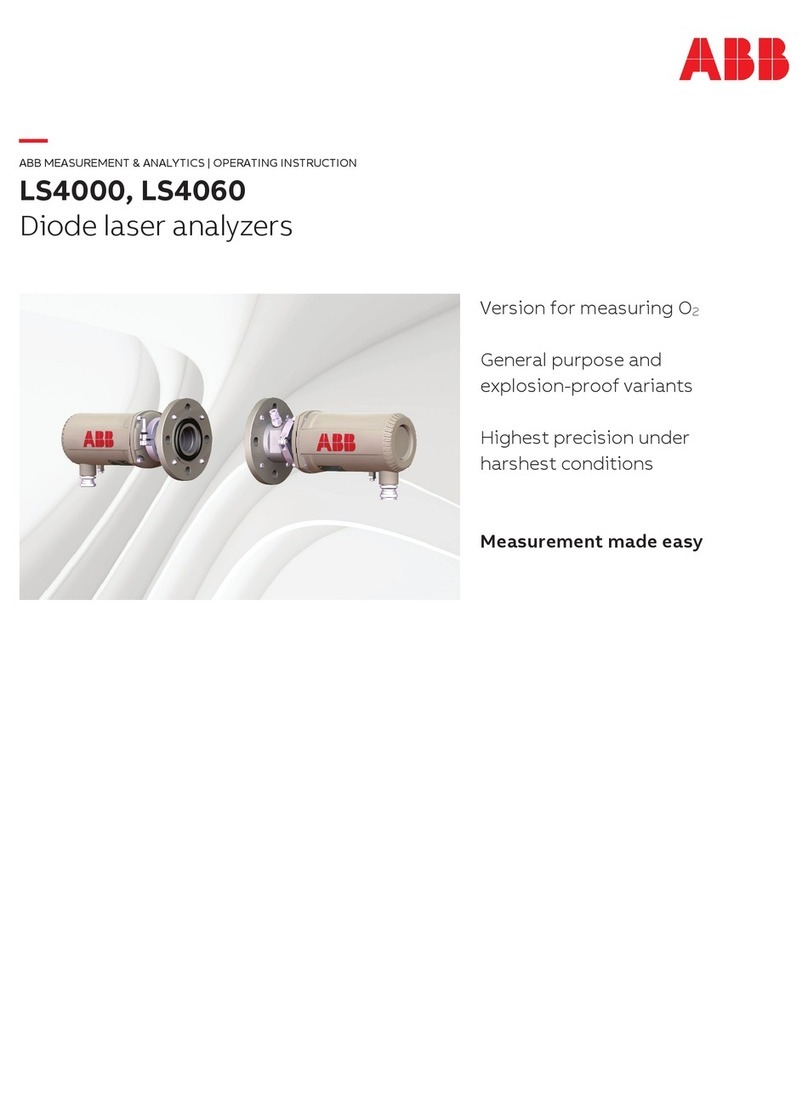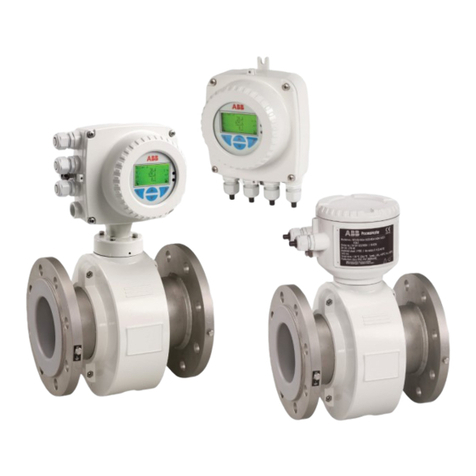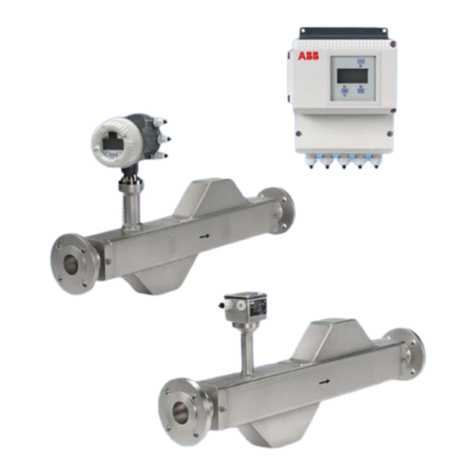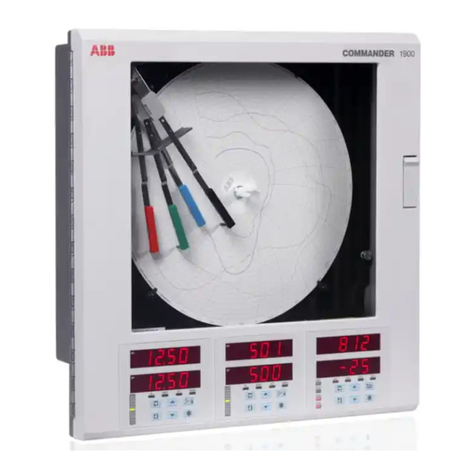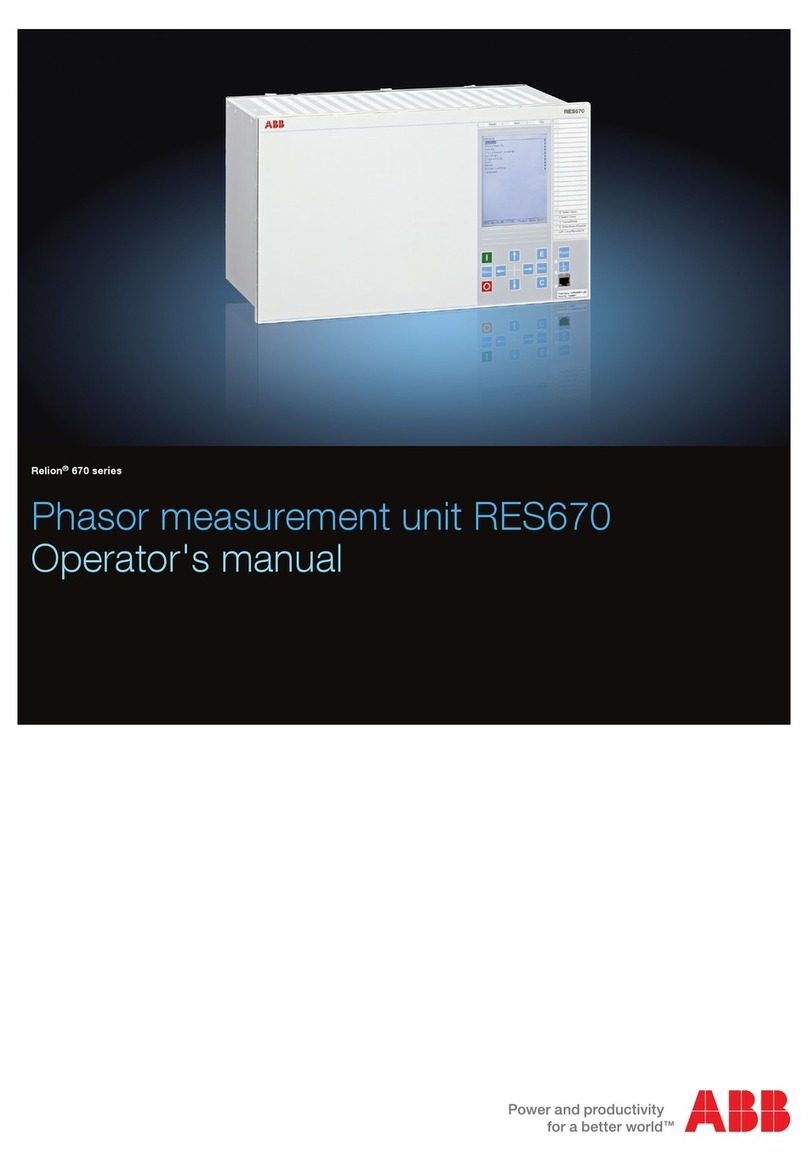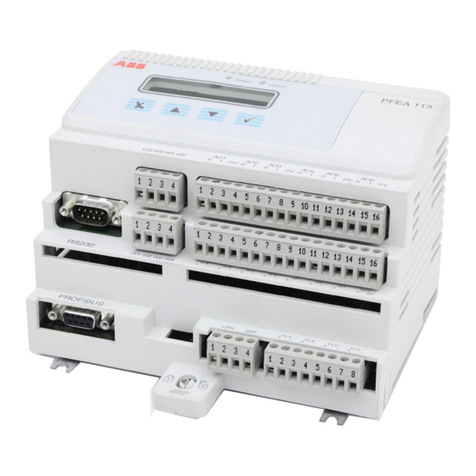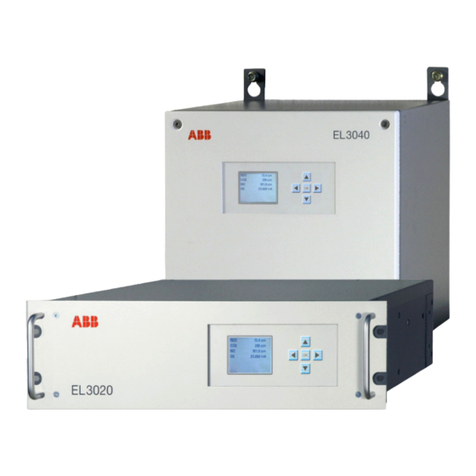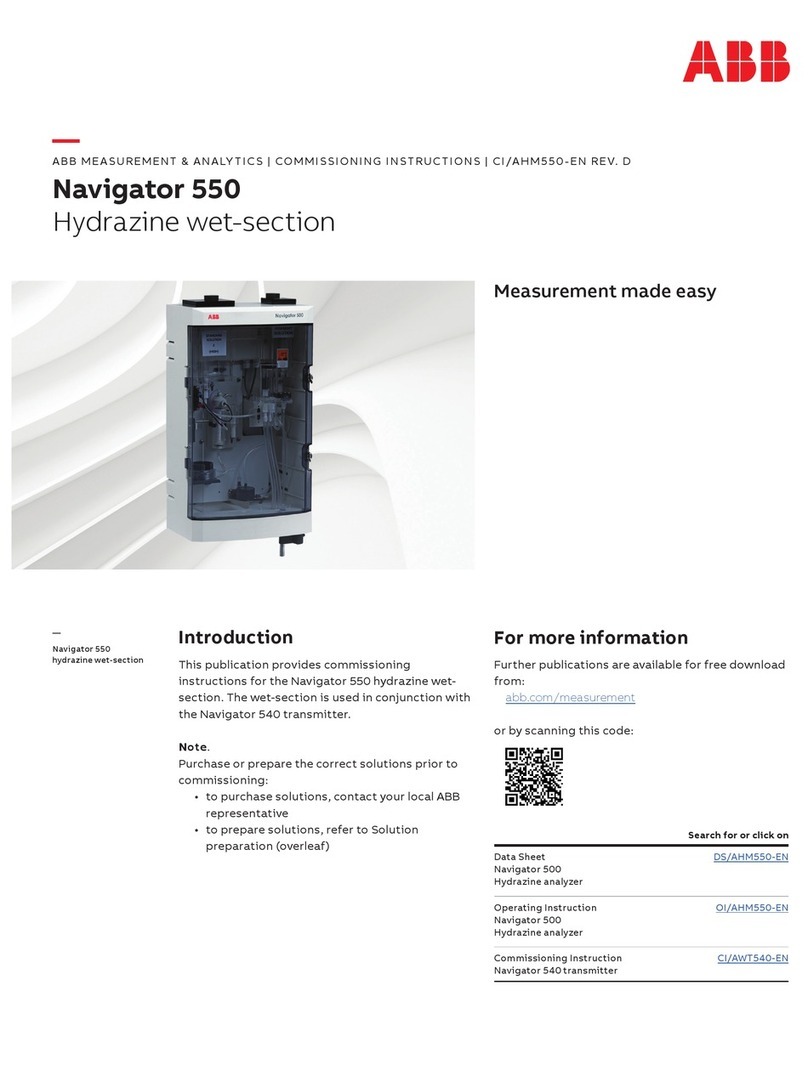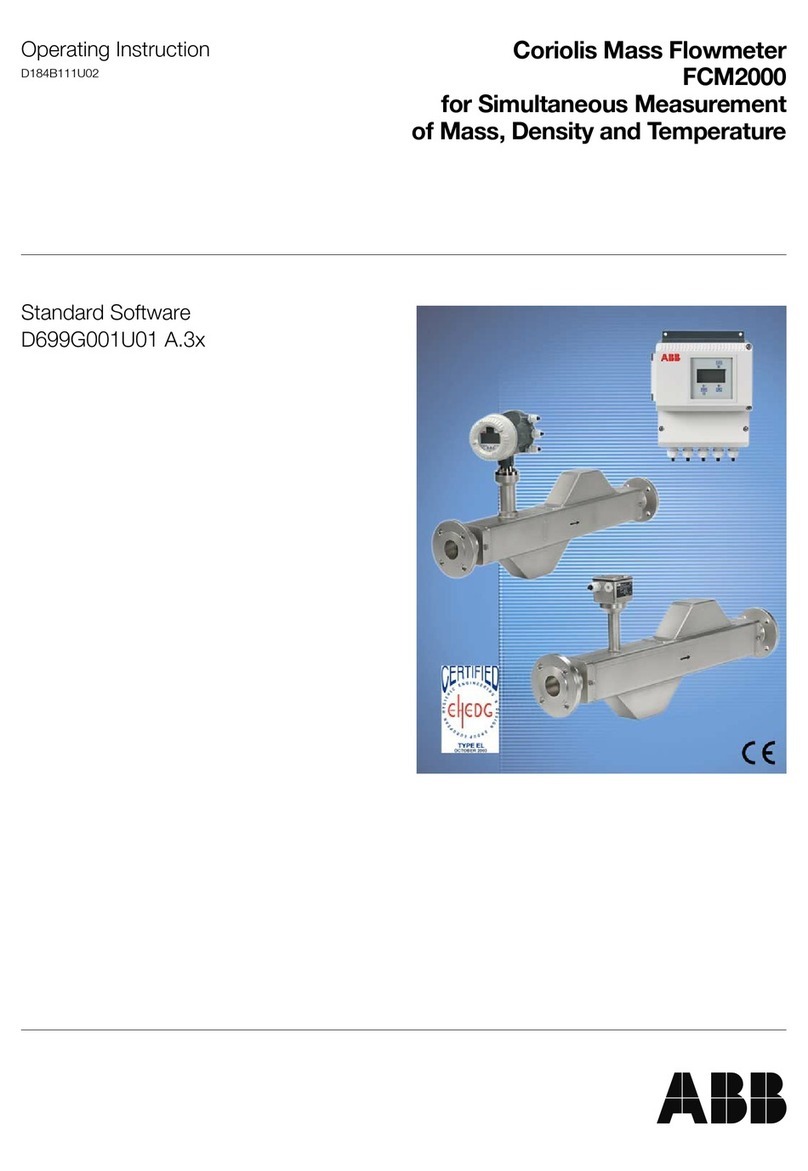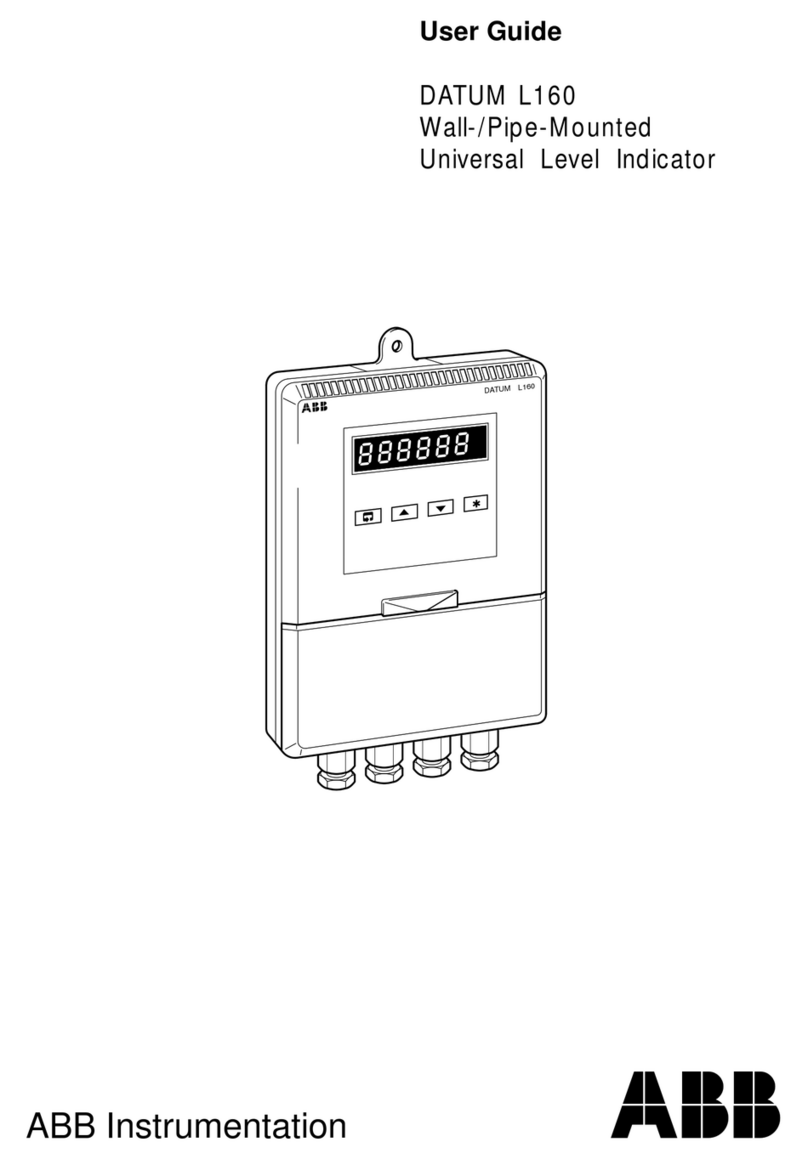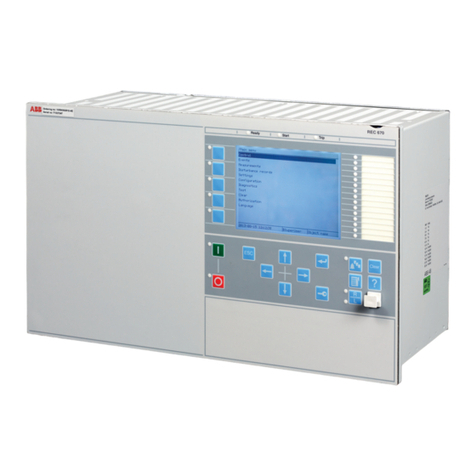
Content
42/14-36 EN Thermal Mass Flowmeter FMT400-VTS, FMT400-VTCS (Sensyflow VT-S/VT-CS) 3
Content Page
1 Important information in advance . . . . . . . . . . . . . . . . . . . . . . . . . . . . . . . . . . . . . . . . . . . . . . . . 4
Symbols . . . . . . . . . . . . . . . . . . . . . . . . . . . . . . . . . . . . . . . . . . . . . . . . . . . . . . . . . . . . . . . . . . 4
In case of questions . . . . . . . . . . . . . . . . . . . . . . . . . . . . . . . . . . . . . . . . . . . . . . . . . . . . . . . . . 4
2 Application according to designation, general safety instructions . . . . . . . . . . . . . . . . . . 5
2.1 Range of application, application according to designation . . . . . . . . . . . . . . . . . . . . . . . . . . . 5
2.2 General safety instructions . . . . . . . . . . . . . . . . . . . . . . . . . . . . . . . . . . . . . . . . . . . . . . . . . . . . 5
2.2.1 Safe operation . . . . . . . . . . . . . . . . . . . . . . . . . . . . . . . . . . . . . . . . . . . . . . . . . . . . . . . . . . . . . 5
2.2.2 Notes concerning the use in potentially explosive areas . . . . . . . . . . . . . . . . . . . . . . . . . . . . . 6
2.2.3 Notice according to the German Hazardous Material Directive . . . . . . . . . . . . . . . . . . . . . . . . 6
2.2.4 Instructions acc. to Directive 97/23/EC, pressure Devices . . . . . . . . . . . . . . . . . . . . . . . . . . . . 7
3 Design and function . . . . . . . . . . . . . . . . . . . . . . . . . . . . . . . . . . . . . . . . . . . . . . . . . . . . . . . . . . . . 9
3.1 Pipe components . . . . . . . . . . . . . . . . . . . . . . . . . . . . . . . . . . . . . . . . . . . . . . . . . . . . . . . . . . . 9
3.2 Transducer (detecting element) . . . . . . . . . . . . . . . . . . . . . . . . . . . . . . . . . . . . . . . . . . . . . . . 10
4 Mounting and installation . . . . . . . . . . . . . . . . . . . . . . . . . . . . . . . . . . . . . . . . . . . . . . . . . . . . . . 11
4.1 Important information to begin with (check list). . . . . . . . . . . . . . . . . . . . . . . . . . . . . . . . . . . . 11
4.2 Place of installation . . . . . . . . . . . . . . . . . . . . . . . . . . . . . . . . . . . . . . . . . . . . . . . . . . . . . . . . . 11
4.3 Recommended steadying run lengths for inlet run disturbances . . . . . . . . . . . . . . . . . . . . . . 12
4.4 Installation . . . . . . . . . . . . . . . . . . . . . . . . . . . . . . . . . . . . . . . . . . . . . . . . . . . . . . . . . . . . . . . 14
4.5 Dimensional drawings, version for process engineering (dimensions in mm) . . . . . . . . . . . . 15
4.6 Weld-on adapter . . . . . . . . . . . . . . . . . . . . . . . . . . . . . . . . . . . . . . . . . . . . . . . . . . . . . . . . . . . 16
4.6.1 Weld-on adapter for FMT400-VTS (Sensyflow VT-S) transducer . . . . . . . . . . . . . . . . . . . . . 16
4.6.2 Pipe component and weld-on adapter with ball valve . . . . . . . . . . . . . . . . . . . . . . . . . . . . . . . 17
4.7 Integrated hot tap fitting for FMT400-VTS (Sensyflow VT-S) . . . . . . . . . . . . . . . . . . . . . . . . . 18
4.7.1 Technical data for integrated hot tap fittings . . . . . . . . . . . . . . . . . . . . . . . . . . . . . . . . . . . . . 18
4.7.2 Mounting the wafer flange version . . . . . . . . . . . . . . . . . . . . . . . . . . . . . . . . . . . . . . . . . . . . . 19
4.7.3 Mounting the weld-in version . . . . . . . . . . . . . . . . . . . . . . . . . . . . . . . . . . . . . . . . . . . . . . . . . 20
4.7.4 Mounting the transducer with system in operation . . . . . . . . . . . . . . . . . . . . . . . . . . . . . . . . . 21
4.7.5 Disassembling the transducer with system in operation . . . . . . . . . . . . . . . . . . . . . . . . . . . . . 22
4.7.6 Maintenance . . . . . . . . . . . . . . . . . . . . . . . . . . . . . . . . . . . . . . . . . . . . . . . . . . . . . . . . . . . . . . 22
4.8 FMT400-VTCS (Sensyflow VT-CS), hygienic versions . . . . . . . . . . . . . . . . . . . . . . . . . . . . . 24
5 Connecting electrical lines . . . . . . . . . . . . . . . . . . . . . . . . . . . . . . . . . . . . . . . . . . . . . . . . . . . . . 26
5.1 Connecting the power cables . . . . . . . . . . . . . . . . . . . . . . . . . . . . . . . . . . . . . . . . . . . . . . . . . 27
6 Start-up – Safety instructions . . . . . . . . . . . . . . . . . . . . . . . . . . . . . . . . . . . . . . . . . . . . . . . . . . . 28
6.1 Checking the installation . . . . . . . . . . . . . . . . . . . . . . . . . . . . . . . . . . . . . . . . . . . . . . . . . . . . . 28
6.2 Switching on . . . . . . . . . . . . . . . . . . . . . . . . . . . . . . . . . . . . . . . . . . . . . . . . . . . . . . . . . . . . . . 28
7 Changing the configuration . . . . . . . . . . . . . . . . . . . . . . . . . . . . . . . . . . . . . . . . . . . . . . . . . . . . 29
8 Fault messages . . . . . . . . . . . . . . . . . . . . . . . . . . . . . . . . . . . . . . . . . . . . . . . . . . . . . . . . . . . . . . . . 29
9 Maintenance . . . . . . . . . . . . . . . . . . . . . . . . . . . . . . . . . . . . . . . . . . . . . . . . . . . . . . . . . . . . . . . . . . 30
9.1 Cleaning the detecting element. . . . . . . . . . . . . . . . . . . . . . . . . . . . . . . . . . . . . . . . . . . . . . . . 30
9.2 Decommissioning . . . . . . . . . . . . . . . . . . . . . . . . . . . . . . . . . . . . . . . . . . . . . . . . . . . . . . . . . . 30
10 Technical Data . . . . . . . . . . . . . . . . . . . . . . . . . . . . . . . . . . . . . . . . . . . . . . . . . . . . . . . . . . . . . . . . 31
11 Packaging for transport . . . . . . . . . . . . . . . . . . . . . . . . . . . . . . . . . . . . . . . . . . . . . . . . . . . . . . . . 33
12 Declarations of conformity . . . . . . . . . . . . . . . . . . . . . . . . . . . . . . . . . . . . . . . . . . . . . . . . . . . . . 34
12.1 Thermal Mass Flowmeter FMT400-VTS (Sensyflow VT-S) . . . . . . . . . . . . . . . . . . . . . . . . . . 34
12.2 Declaration of conformity FMT...-.. (Sensyflow) - Pipe component. . . . . . . . . . . . . . . . . . . . . 34




